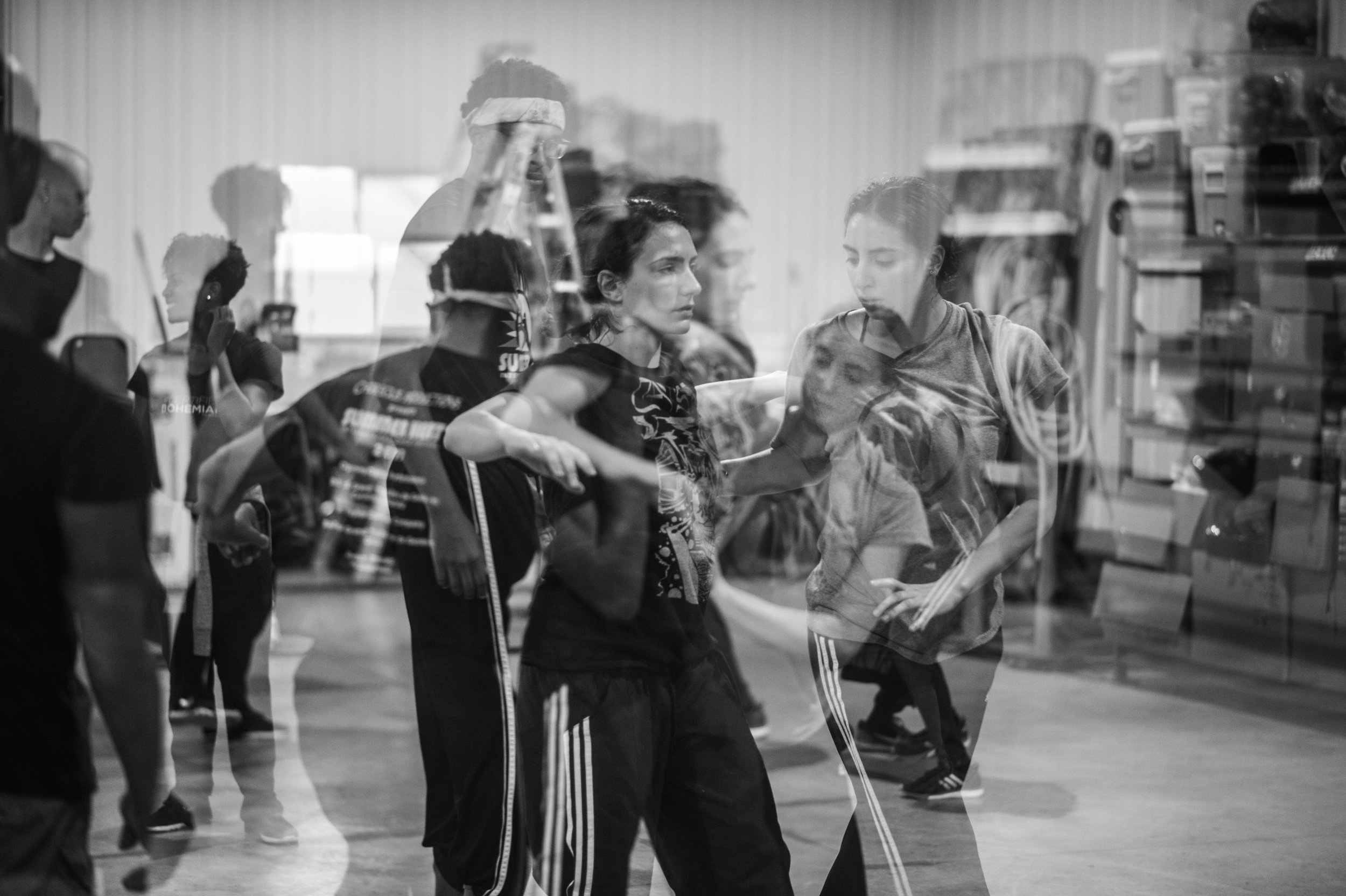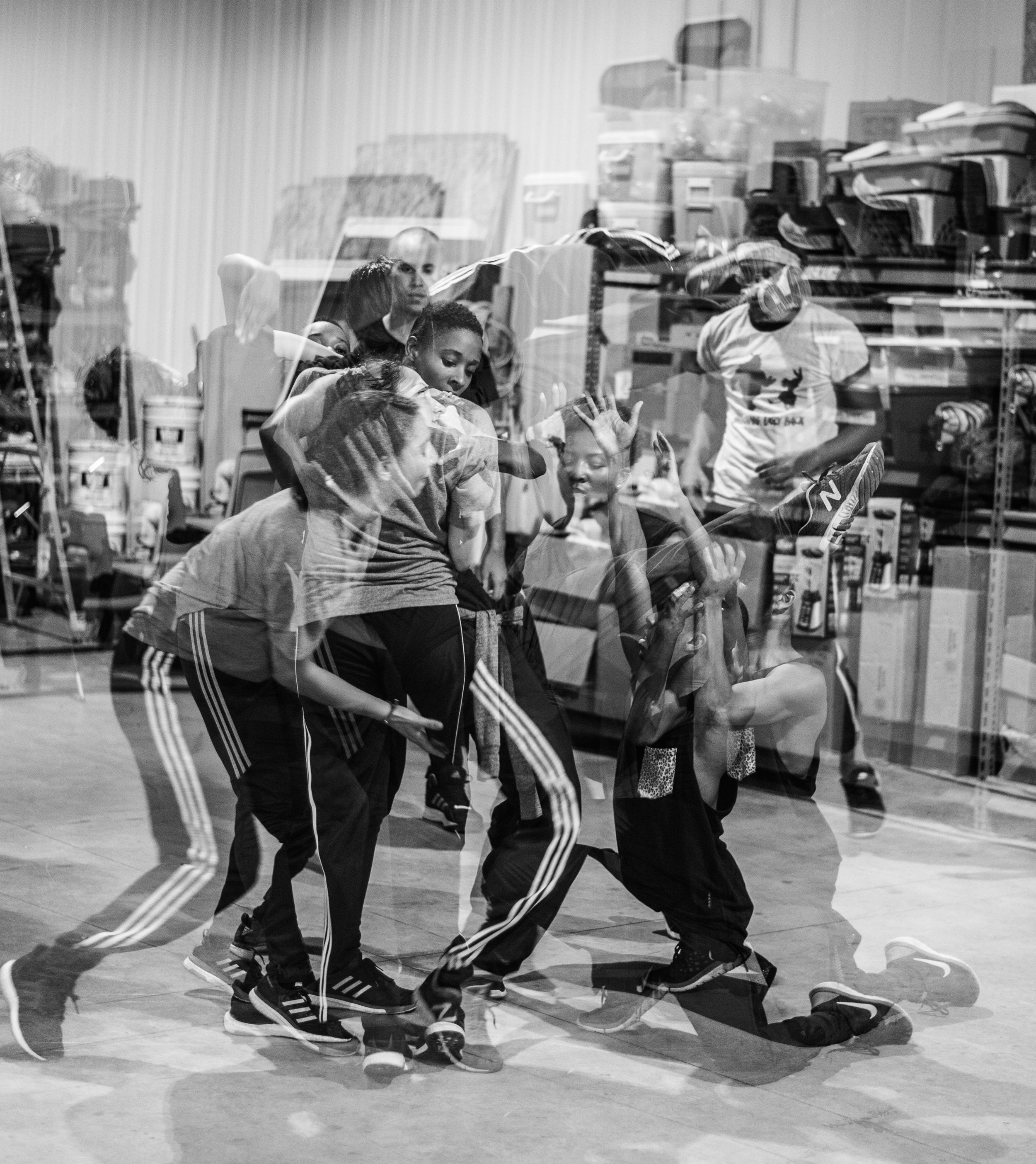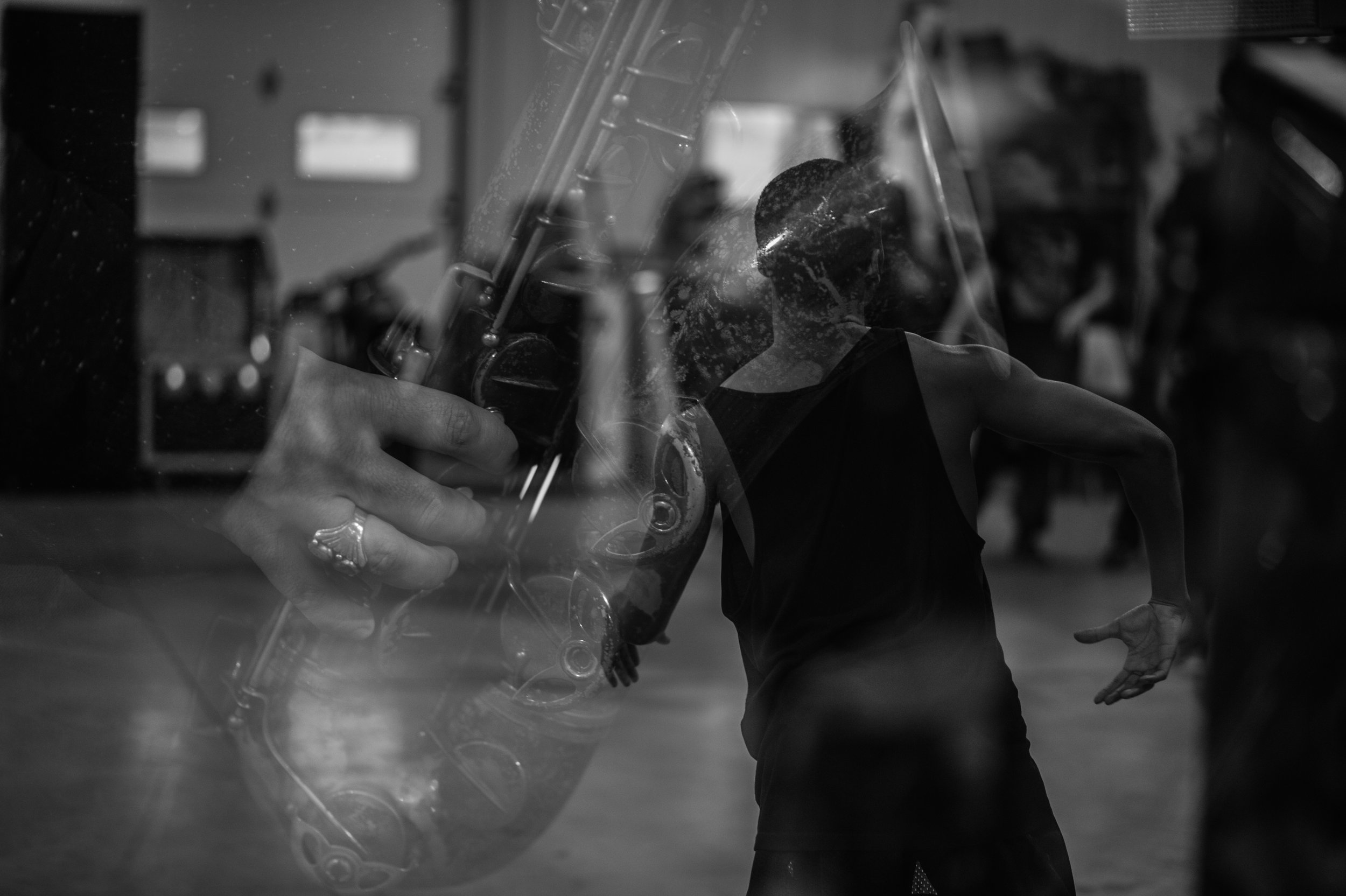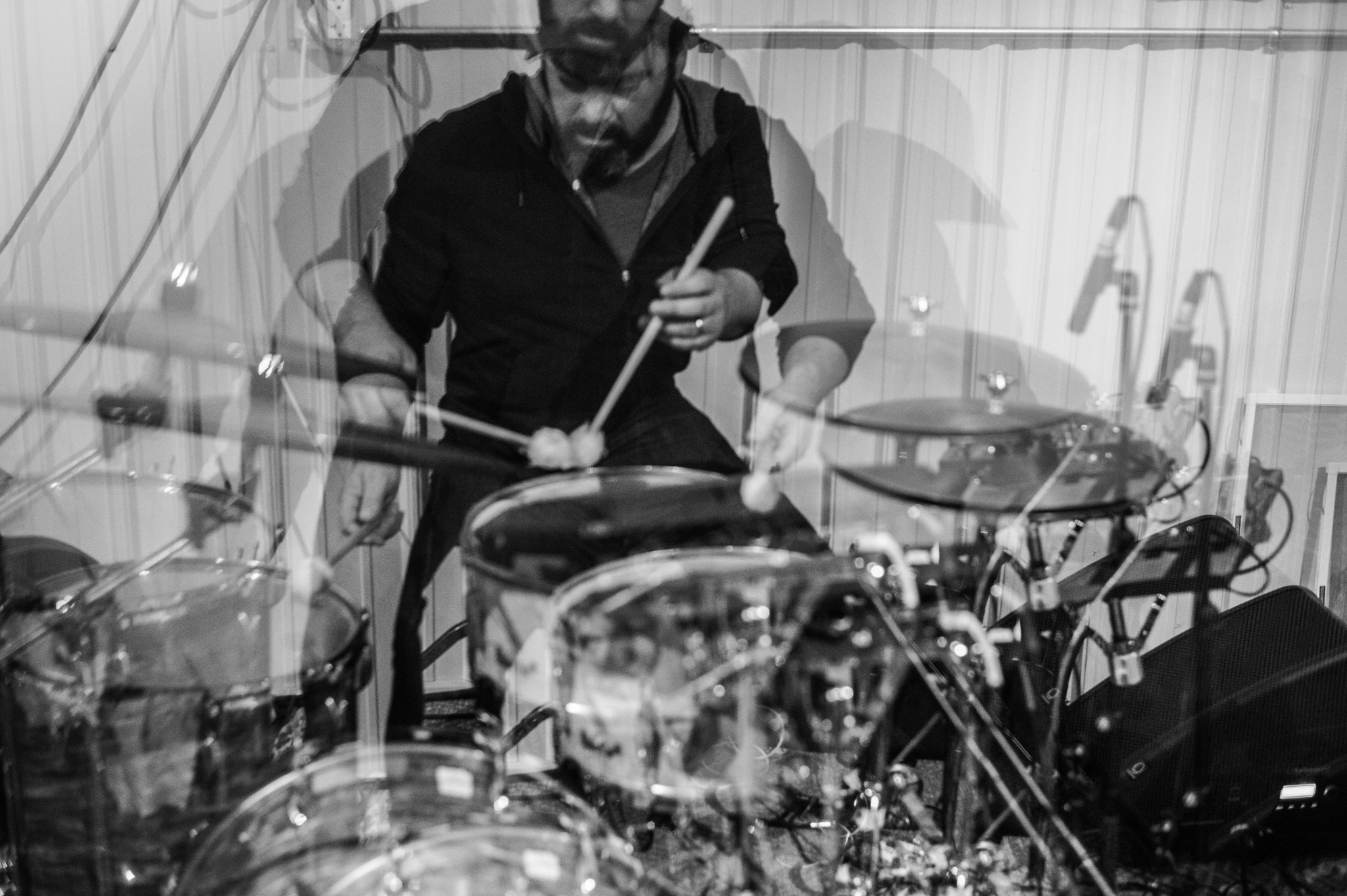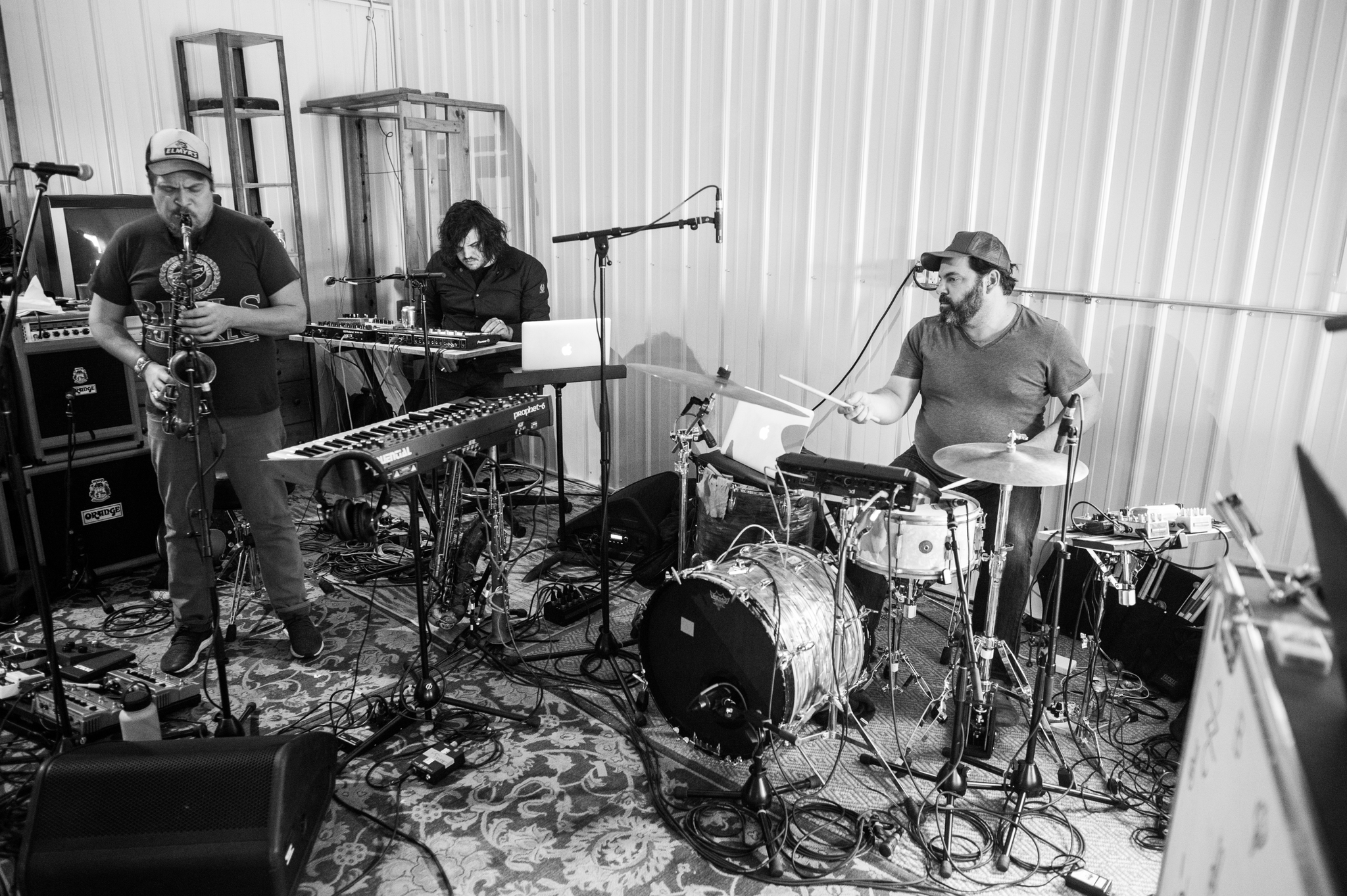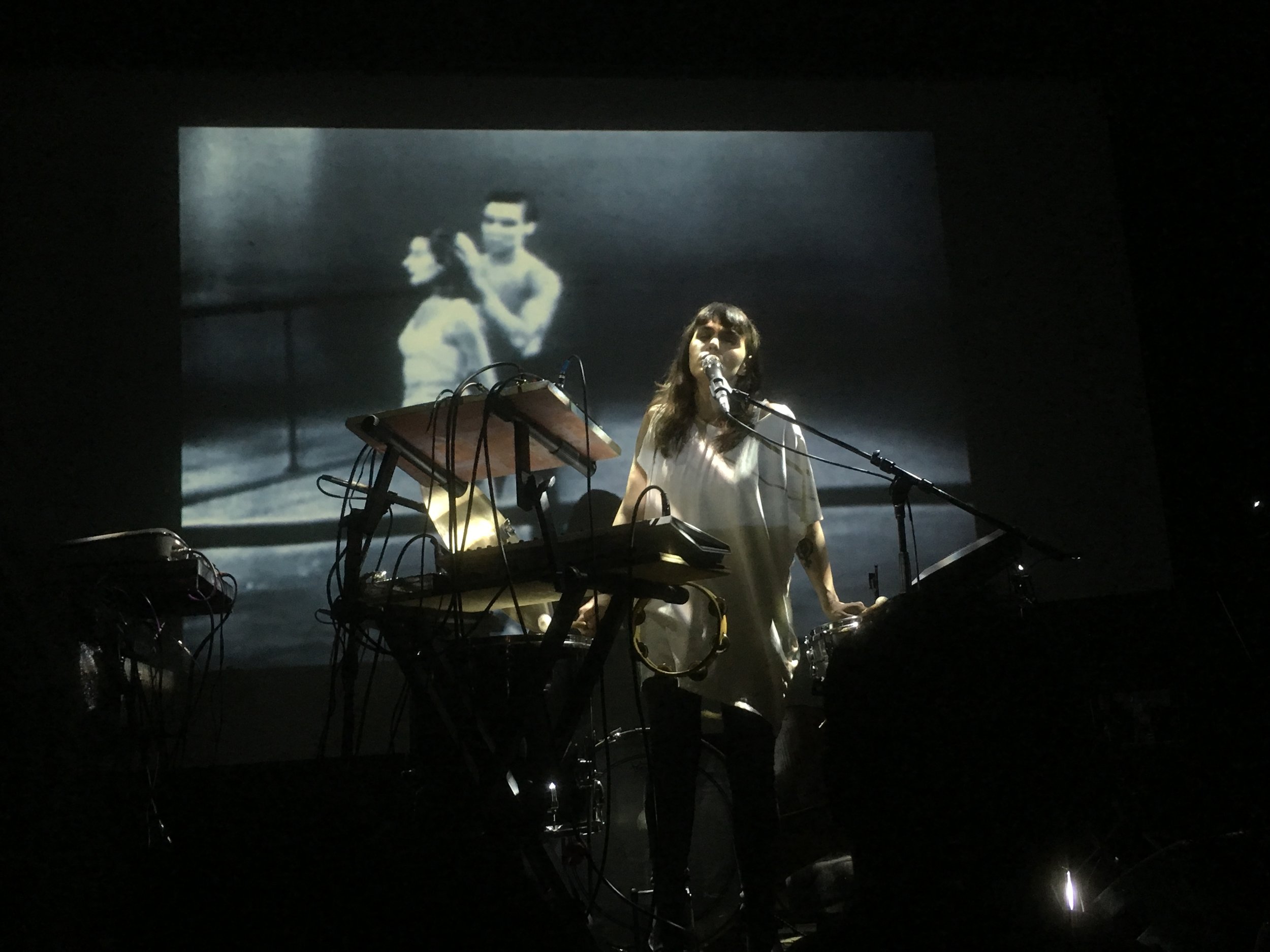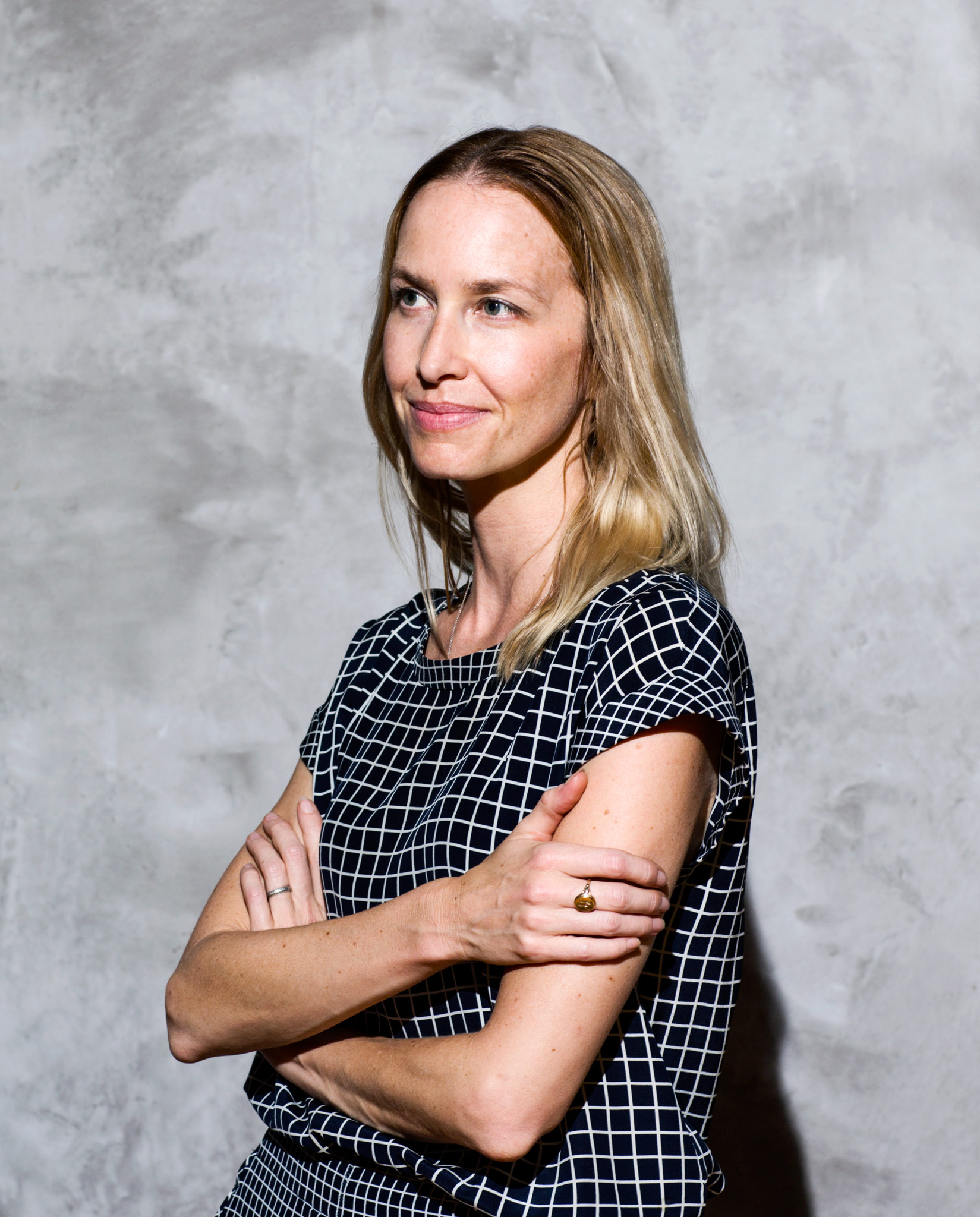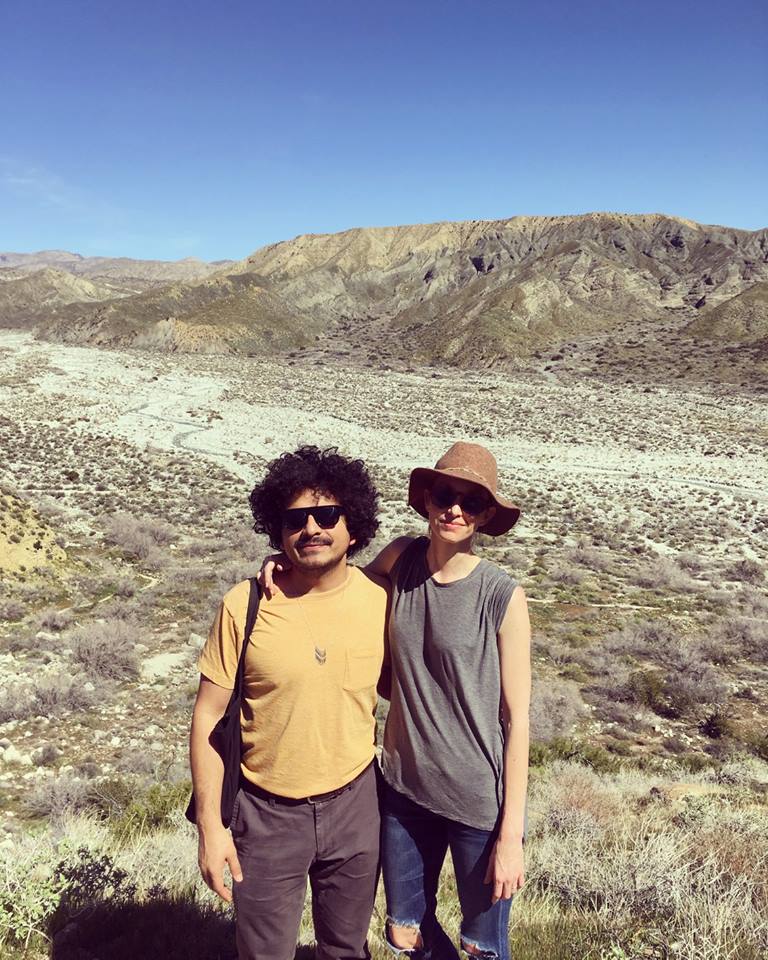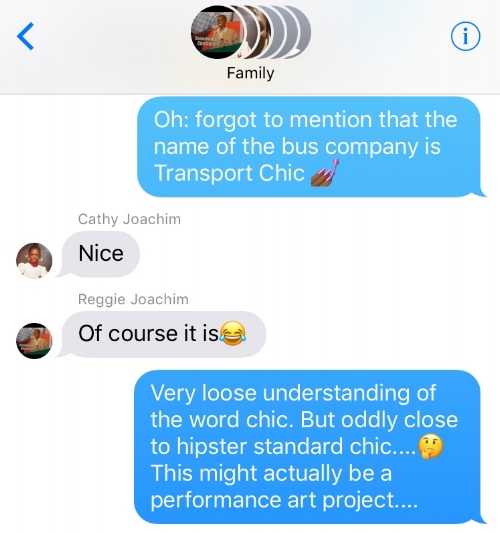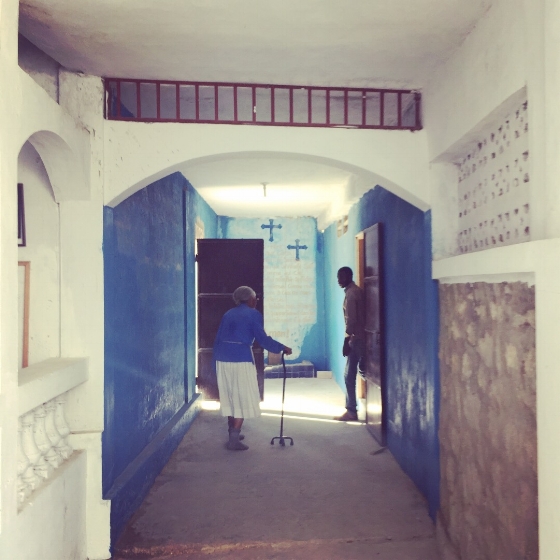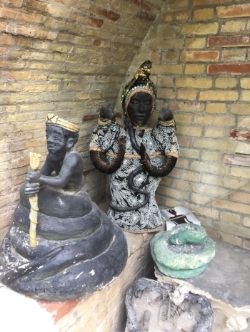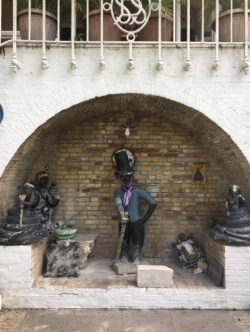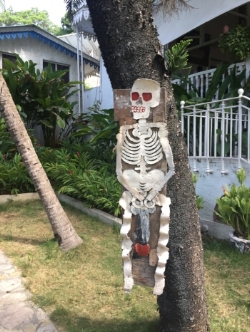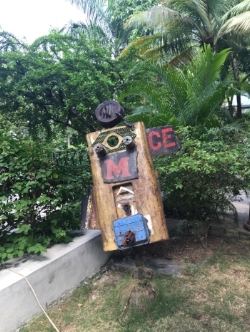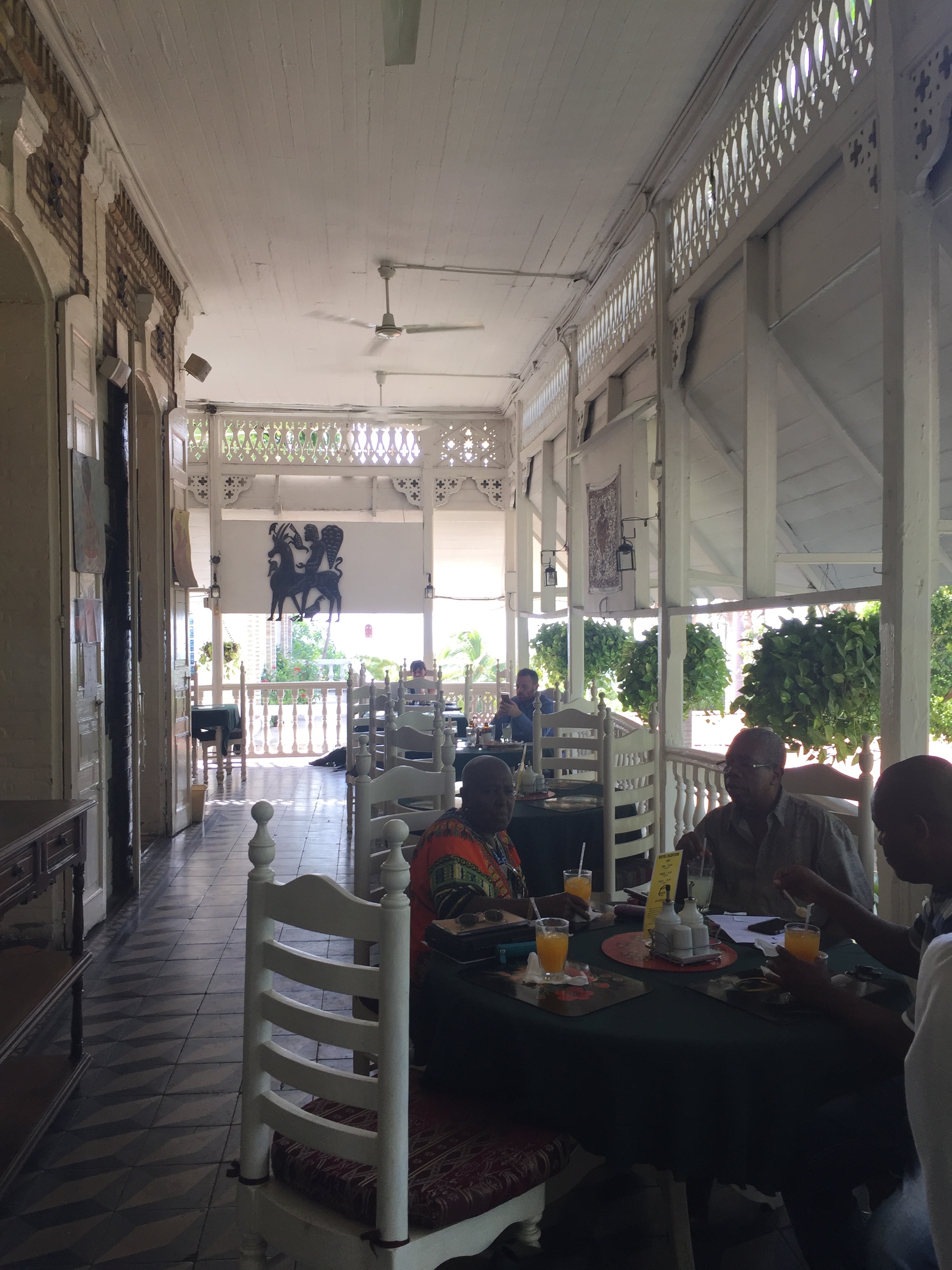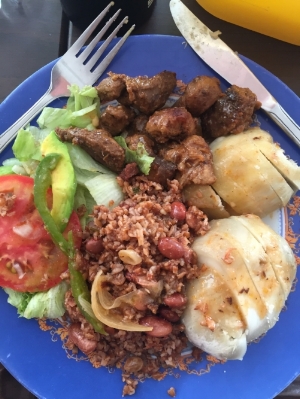All photos by Graham Tolbert
How did you come to be part of this project?
I first officially met Toni and Uri [Artistic Directors of TU Dance] in 2011, and was invited to join the company in 2012. Being involved in this project is one of many perks of my job.
What excites/intrigues/challenges you in creating with Bon Iver (and performing live with the ensemble)?
I’ve already experienced the power of Uri Sands’ choreography when he is working with just the dancers, and I’ve experienced the power of Bon Iver’s music. Now I’m excited to see what happens when these powers combine.
Have you done anything similar to this before?
I’ve been involved in several projects that utilize original musical compositions, but none quite as collaborative as this one. In the past it's been more remote, with musicians and dancers creating their work separately, and collaborating to make the two independent works merge into one cohesive unit. It’s been straight up magical to witness both the dance and music taking shape at the same time and in the same space.
Tell us about the first residency weekend with Bon Iver at April Base in October. What was your method for collaboration?
The first word that comes to mind is surreal. It felt like the room was literally buzzing with the amount of creative energy being cultivated. We came with some raw movement material, but mostly worked with ideas generated in the moment in response to the music. Customarily dancers respond to the music with movement, so it was pretty electrifying to realize that at times the reverse was happening and the music was responding to our movements.
Do you have any insights, inspirations or curiosities as you observe the musicians’ process?
It’s really inspiring to see the musicians bring their individual artistry and brilliance to the group, while also feeding off one another as they create new material. One of the things I love about working with TU Dance is that everyone brings 100% of their commitment, intensity, drive, and creativity to the work. I sense the same from the musicians. I can’t wait to see what the combination of these two groups produces.
Finally, on a more personal note, why is this project important to you?
I believe live music drastically alters the space in which dance exists, and maybe the opposite can occur as well? I think it’s important to explore the connection.
Photo by Michael Slobodian
Elayna Waxse is a Twin Cities-based dancer, choreographer, teacher and member of TU Dance. She's performed locally with Minnesota Dance Theatre, Black Label Movement, BodyCartography Project and Live Action Set, and internationally with Cie. Ismael Ivo e Grupo Biblioteca do Corpo at ImPulsTanz Vienna International Dance Festival 2014 and in Sao Paulo, Brazil. Waxse also creates her own choreographic work, which has been presented by Minnesota Dance Theatre, Zenon Dance Zone, Bryant Lake Bowl 9x22, Detroit Dance Race, Public Functionary, and Future Interstates.
Waxse will perform with TU Dance in collaboration with Bon Iver at the Palace Theater, commissioned by Liquid Music, on April 19, 20, and 21, 2018. Tickets are currently SOLD OUT. Follow Waxse and TU Dance to keep an eye out for additional local performances in the future:
Follow Elayna Waxse:
Website: https://www.elaynawaxse.com
Twitter: @ewaxse
Follow TU Dance:
Website: http://www.tudance.org
Facebook: https://www.facebook.com/TU.Dance.MN/
Vimeo: https://vimeo.com/tudance
Follow Liquid Music for updates and announcements:
Twitter: @LiquidMusicSPCO (twitter.com/LiquidMusicSPCO)
Instagram: @LiquidMusicSeries (instagram.com/liquidmusicseries)
Facebook: facebook.com/SPCOLiquidMusic
